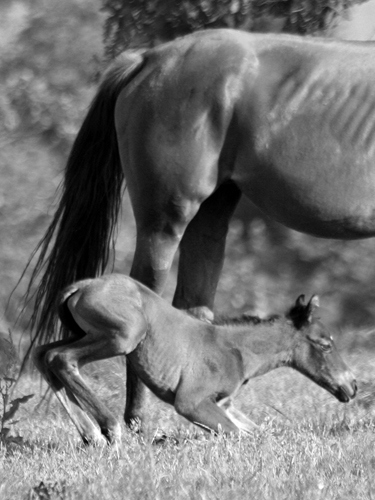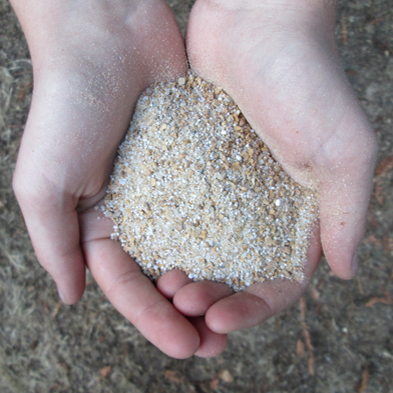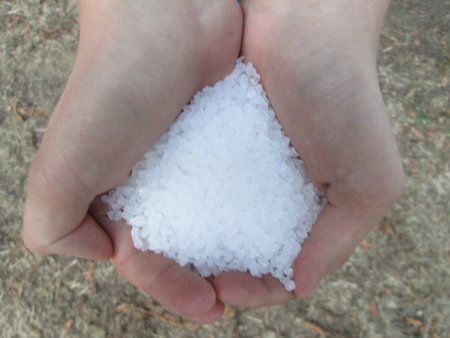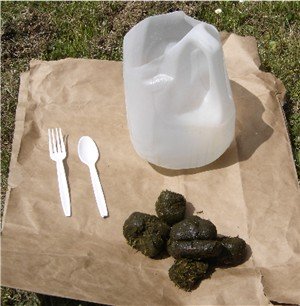Correcting Selenium Deficiency in Equines
Protect Your Unborn Foal

Foals with white muscle disease are born to mares with a selenium deficiency.
You can protect your horse from the effects of selenium deficiency with proper diet supplementation. It is important to understand where selenium comes from, what it does and when it is appropriate to add to your horse’s diet.
Selenium deficiencies are known to cause immune problems in equines and are suspected to interfere with thyroid function. Low selenium causes the muscular degeneration known as white muscle disease which can be severe and fatal to newborn foals
In mild cases with adult horses you will see a depressed immune system, increasing the likelihood of disease and decreased fertility in breeding stallions and mares.
What is Selenium and How Does it Work in the Body?
Selenium is a trace mineral that is essential to healthy body function. The body is made up of millions of cells….like tiny building blocks. Selenium works closely with Vitamin E to keep the very structure of the cell membranes from breaking down.
As a horse turns the food it has eaten into energy, the cells produce waste called superoxides. If allowed to accumulate, superoxides destroy cell walls.
Selenium and Vitamin E knock these bad boys down to size! Working together they turn bad superoxides into a harmless chemical. Way to go selenium!
Signs of Selenium Deficiency
- Depressed Immune system
- Infertility
- Impaired movement
- Stiffness
- Difficulty swallowing
- Difficulty suckling (foals)
- Respiratory Distress
- Impaired heart function
- Muscle deterioration
 Mineral mix containing selenium
Mineral mix containing seleniumHow Does a Horse Get Low in Selenium?
Selenium is naturally found in the ground and it accumulates in the plants and grasses that grow in selenium rich soil. Unfortunately many parts of the United States with large horse populations also happen to have soil that is low in selenium.
As a result, all of the natural pastures and all the hay grown in these areas are low in trace selenium. That means your horse could be selenium deficient if you are feeding them hay that has been grown or shipped from one of these selenium depleted areas.
A mineralized salt block does not contain enough selenium to make up for a selenium deficiency. Although it is highly recommended to provide free choice mineralized salt for all of the trace minerals it provides.
The best resource to find out about selenium in your area and surrounding areas is your local Large Animal Veterinarian. They can tell you if your horse is at risk. Contact your feed store and find out where their hay is coming from.
If you live in one of these areas your Vet will likely recommend you supplement your horse’s diet.
Testing for Selenium Levels in Your Horse
Did You Know?
Low selenium levels are often discovered when blood tests are run for other procedures.
A simple blood test will give accurate measures of trace selenium in a horse. If a horse is found to be very low, the Vet will likely give the animal a selenium injection. Afterwards the horse will be given a selenium rich mineral supplement to be added to the grain rations.
The horse will need a selenium supplement as long as they are unable to get it naturally through their hay. If you move to a selenium rich area, stop supplementing to prevent selenium toxicity.
More Equine Topics You May Enjoy
Easy Sand Test
Easy Sand Test - An easy sand test at home is a simple way to find out if your horse has sand in their gut. If your horse tests positive, you can do something about it.
Horse First Aid Kit
Find out what items you need to build a well rounded horse first aid kit for your barn, your truck and on the trail.
Beautiful Equine Artwork
Check out these equine paintings by talented artist Cathy Cleveland. Available as note cards, posters and canvas prints.
This information is written for the horseman to better understand and cope with the variety of disease and injury that can occur during the course of horse ownership. Always consult with your Veterinarian regarding the care and treatment of your equine.


